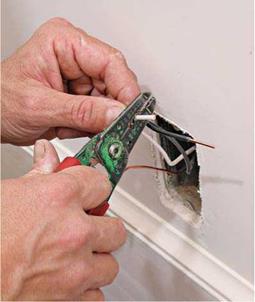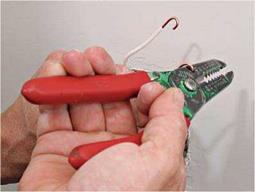WARRANTS FOR ROADSIDE BARRIERS
Longitudinal roadside barriers are used to shield motorists from natural or human – made obstacles located along either side of the traveled way, and sometimes to protect pedestrians and bicyclists. Median barriers and barrier end treatments are discussed separately in Arts. 6.9 and 6.12.
Barriers must contain and redirect vehicles. Because of the complicated dynamic behavior involved, the most effective way to ensure performance of new designs is through full-scale crash testing. Standard crash tests are presented in NCHRP Report 350, “Recommended Procedures for the Safety Performance Evaluation of Highway Features.” To match barrier performance to service needs, a series of six test levels are recommended to evaluate occupant risk, structural integrity, and postimpact vehicle behavior...
read more







